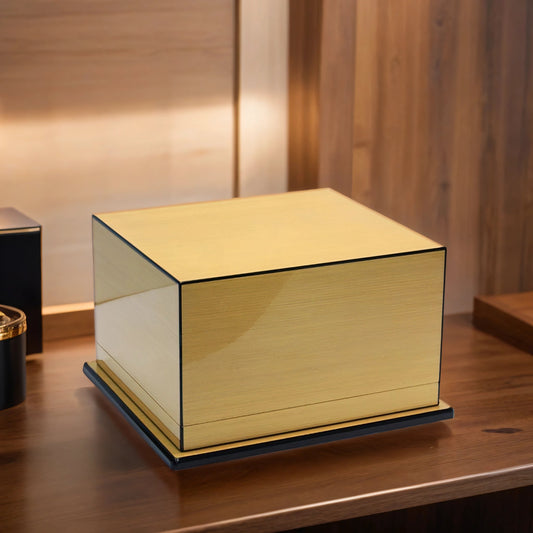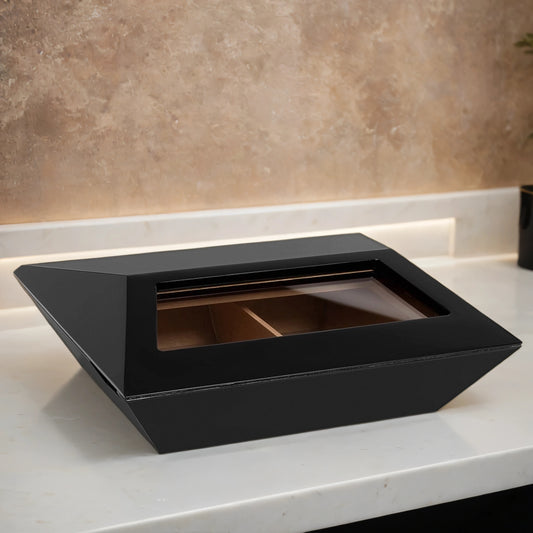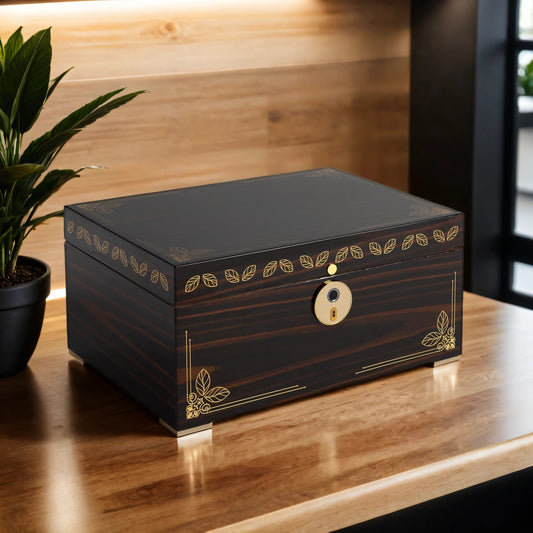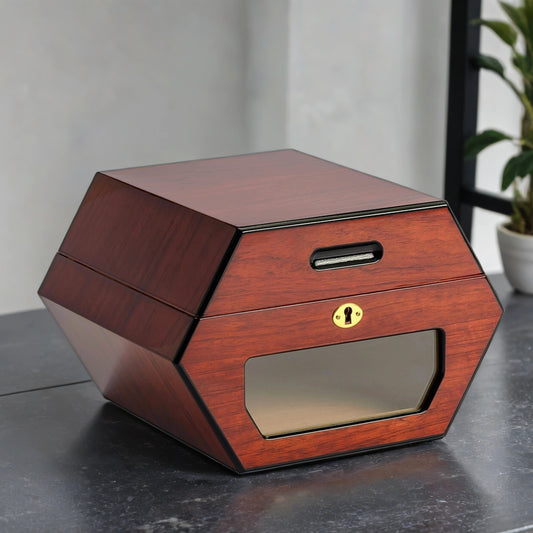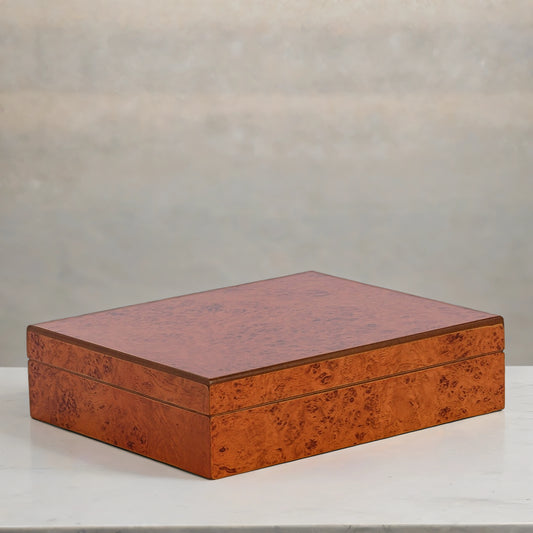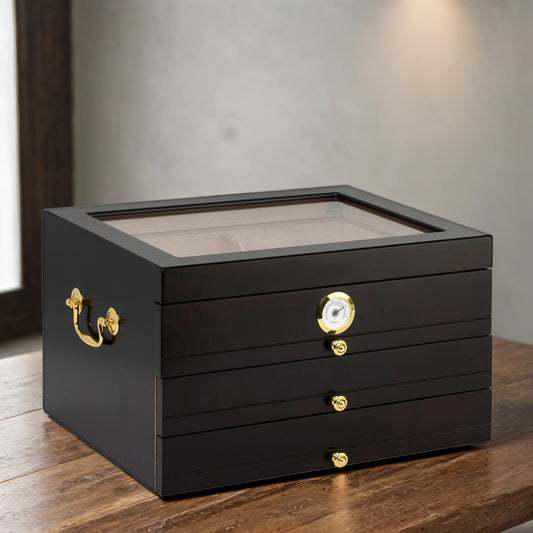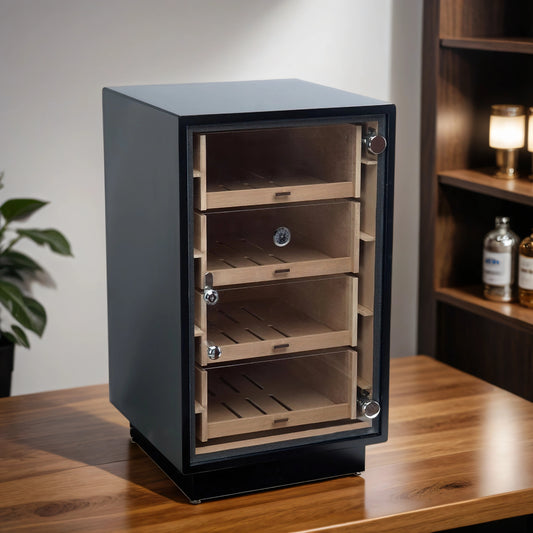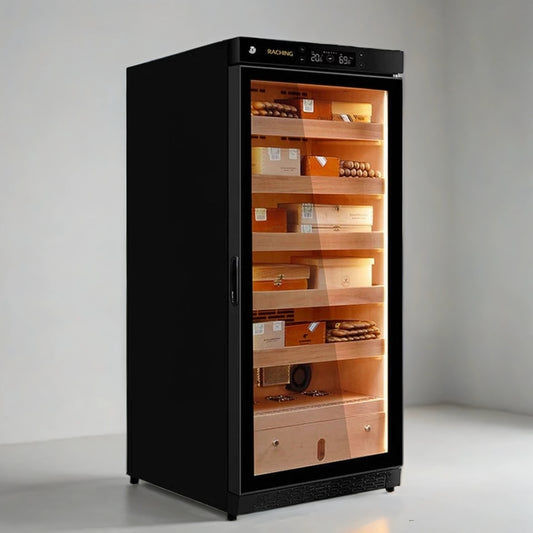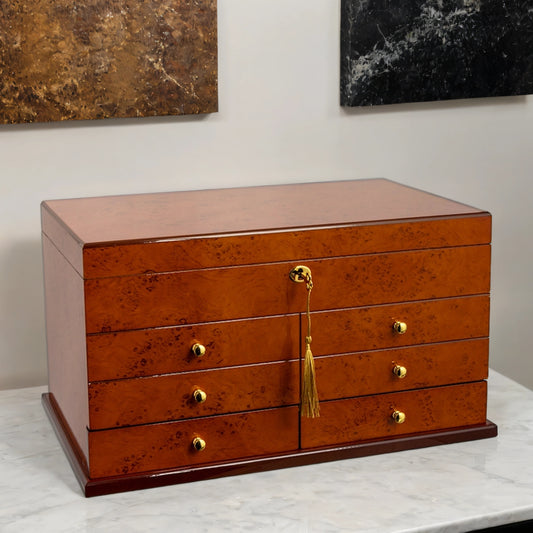
How to Clean Humidor Mold: A Step-by-Step Guide
Discovering mold in your humidor can be a distressing experience, especially if it houses a collection of fine cigars. I still vividly recall the heart-sinking moment I noticed a greenish tinge on the once pristine interior of my favorite cedar humidor. It was then I realized the importance of swift action not only to save my cigars but also to preserve the integrity of the humidor itself. This guide will walk you through the steps I took to effectively remove mold and ensure it doesn’t return.
Identifying Mold vs. Plume
It’s crucial to distinguish between cigar plume, which is a benign sign of aging, and harmful mold. Plume appears as small, white crystalline spots that easily brush off, indicating proper aging. In contrast, mold is usually green or blue with a fuzzy appearance and a musty smell, clinging stubbornly to the cigars and the humidor interior. Recognizing the difference can save you from discarding a good cigar or ignoring a serious issue.
Deciding Whether to Clean or Discard a Moldy Humidor
Before you start cleaning, assess the extent of the mold infestation. If the mold has invaded every corner or is deeply embedded, it might be more cost-effective and safer to replace the humidor, particularly if it’s a less expensive model. If you do end up replacing it, our guide to the top reviewed cigar humidors in 2026 covers a full range of affordable to premium tier options, making it easy to find a reliable upgrade that fits your budget.
Preparatory Steps Before Cleaning
First, carefully remove all cigars from the infected humidor. Examine each one under good lighting to ensure no mold has transferred onto the cigars themselves. For those unaffected, secure them in a temporary storage solution like a Tupperdor or a specially designed humidor bag with a fresh Boveda pack to maintain proper humidity without risking further mold exposure.
10 Steps for Removing Mold from Your Humidor
- Remove Cigars: Begin by transferring all cigars to a temporary storage like a Ziploc bag with a Boveda pack to maintain humidity. This will isolate them from potential re-contamination and provide a safe environment while you tackle the mold issue. Ensure you separate any visibly moldy cigars to prevent spreading spores to healthy ones.
- Discard Moldy Cigars: It's painful but necessary to throw away any cigars that show signs of mold. This prevents the mold from spreading within your collection and eliminates a potential source of recontamination. Remember, mold can penetrate deeper than the surface, so if in doubt, it’s better to be safe and discard the cigar.
- Remove Humidification Device: Removing the humidification device is crucial as it could harbor mold spores. Replace it with a new one after the cleaning process to ensure no remnants of mold remain. It’s a small investment that protects against future outbreaks.
- Vacuum Interior: Thoroughly vacuum the interior of the humidor to remove all loose mold and tobacco residues. This step is vital to ensure that no mold spores are left behind. Make sure to use a vacuum with a HEPA filter to trap tiny spores effectively.
- Sand the Interior: Using #150 grit sandpaper, gently sand the interior surfaces of your humidor. Focus particularly on areas where the mold was most visible. This removes the top layer of wood where mold may reside and prepares the surface for further cleaning.
- Sterilize with Alcohol: Wipe down the interior with a clean cloth dampened with isopropyl alcohol. Be meticulous, ensuring you cover every surface inside the humidor. The alcohol helps kill any lingering mold spores without saturating the wood.
- Clean with Steamed Water: After the alcohol wipe, go over the interior again with steamed distilled water. This step helps to remove any alcohol residue and prevents it from affecting the wood or altering the taste of your cigars. Allow the humidor to air dry completely after this step.
- Dry and Air Out: Leave the humidor open in a well-ventilated area to dry out thoroughly. This is critical to prevent any moisture from remaining that could encourage mold growth. A day or two of drying can make a significant difference in ensuring a mold-free environment.
- Re-humidify: Before returning your cigars, re-humidify the humidor as if it were new. Introduce a new humidification device and monitor the humidity levels closely. This step is crucial to stabilize the environment inside the humidor, which helps prevent mold recurrence.
- Return Cigars: After ensuring the humidor’s environment is stable and mold-free, carefully reintroduce your cigars. If possible, use fresh cigars or those stored separately that have shown no signs of mold. This final step helps in keeping the humidor clean and your cigars safe.
Causes of Cigar Mold
Understanding the causes of mold can help prevent future outbreaks. Common causes include using non-distilled water in your humidification device, high temperatures, and excessive humidity levels. It’s also possible to introduce mold through contaminated cigars or even from the bacteria on your hands.
Preventive Measures to Avoid Future Mold Issues
Maintain your humidor diligently by using distilled water, keeping the interior temperature and humidity within optimal ranges, and ensuring good air circulation. Regular inspections and cleaning can go a long way in preventing mold and maintaining the longevity of your cigar collection.
Conclusion
Dealing with mold in your humidor can be a challenging ordeal, but with the right approach, it is manageable. By following these steps, you can restore your humidor to its former glory and enjoy your cigars without worry. Remember, prevention is key, so keep a vigilant eye on the conditions inside your humidor and adjust as needed to avoid future mold problems.

